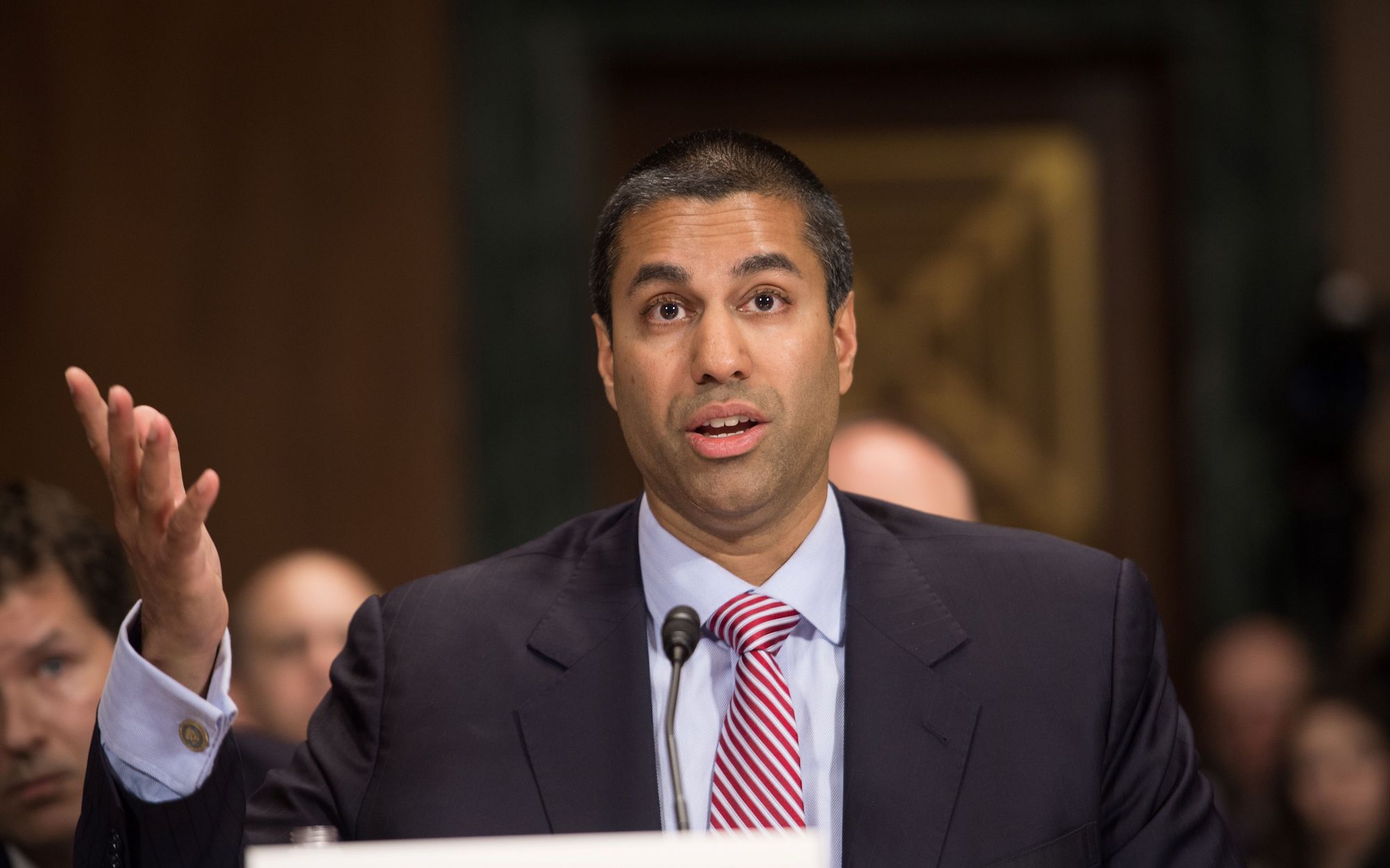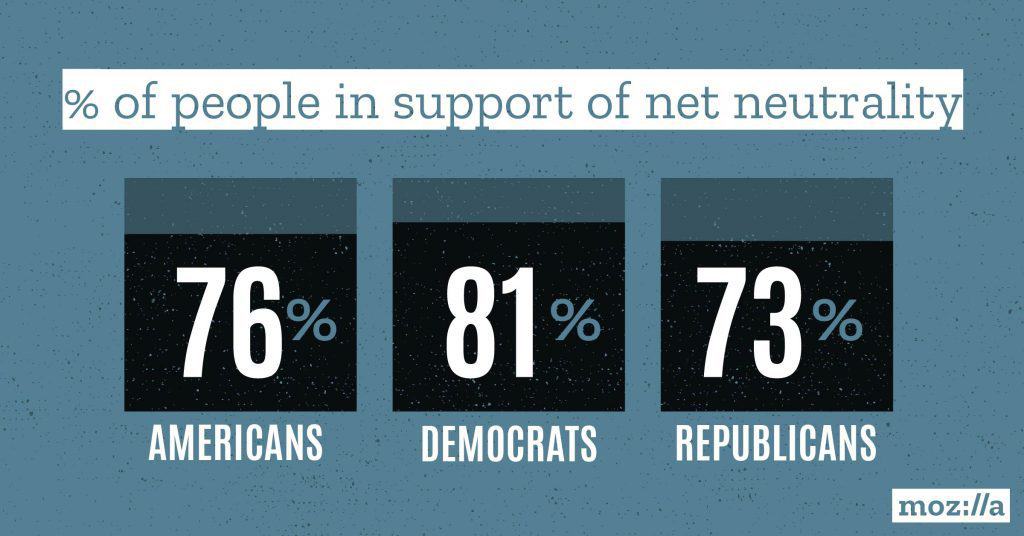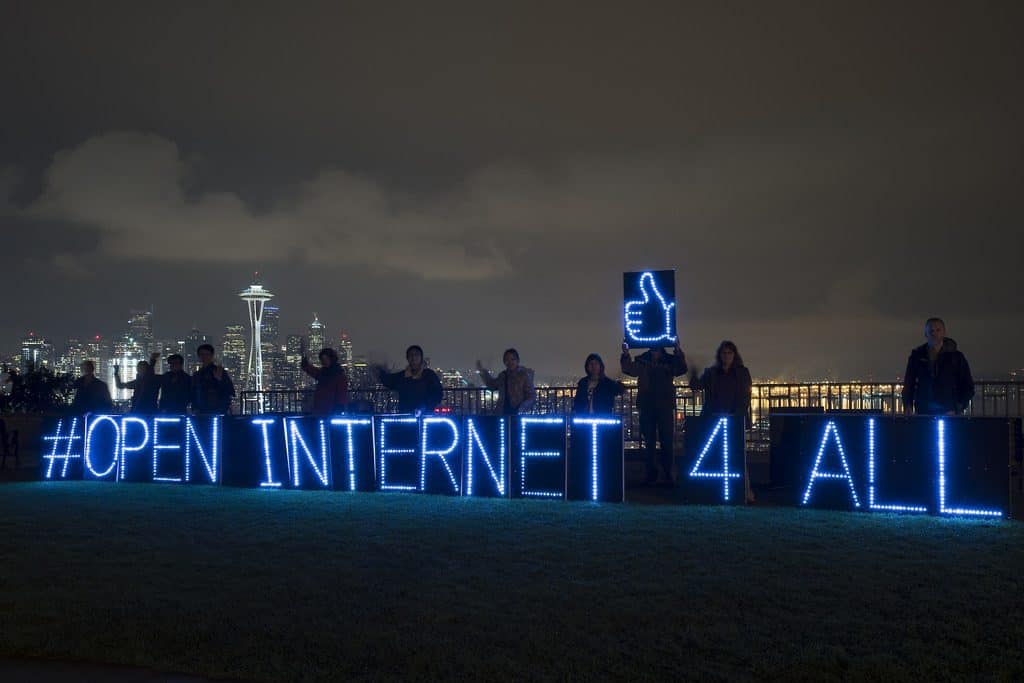
What is Net Neutrality?
Net neutrality is the idea that Internet Service Providers are public utilities. This means that their only job is to treat all content equally. Whether you’re playing an online game on your console, streaming Netflix on a smart TV, or monitoring your home security cameras from work, you should get the same speed.It was established in 2015 as Title II Order of the 1934 Communications Act. According to this act, ISPs may not block, throttle, or prioritize websites. On the surface, this seems to be a good thing. So let’s take a look at why Internet giants like Google and Facebook oppose Net Neutrality.
Why do companies like Google and Facebook support Net Neutrality?
Google and Facebook are two major supporters of Net Neutrality, and there’s a good reason. Facebook is the most used social network on the Internet, with over 135 million unique monthly users. Google is the most used search engine, handling 73% of all Internet searches.These two companies have a vested interest in people continuing to favor their services over all others. Their revenue comes from marketing to their user bases. In addition, both companies are pushing toward live-streaming video and 360 video on their platforms. Both of these video streaming options take up a lot of bandwidth.A standard-definition video eats up approximately 700MB of data every hour. Revving up to a 4K UHD stream takes 7GB of data per hour. This means people who are constantly using video are hogging a great deal of Internet bandwidth.And over the next four years, analysts predict 80% of Internet usage will be video.This put a strain on ISPs, many of whom already implemented data caps. Users who consume large amounts of data will often have their bandwidth throttled at peak hours to ensure other users have access to the Internet too. They’ll also impose extra charges for data usage over the limits (which range from 3GB to 3TB).There’s nothing wrong with this tactic. If my household streams Netflix 8 hours a day while also playing online games, we deserve to pay more for our Internet than someone only checking their Twitter feed or reading the news online.And Net Neutrality doesn’t stop this type of throttling. It merely puts the onus on the end-user to pay. Removing Net Neutrality allows ISPs to charge Google, Facebook, and Netflix for these bandwidth issues instead.
Why remove Net Neutrality?
While companies like Google and Facebook want you to believe it’s the end user who will suffer from the end of Net Neutrality, this simply isn’t so. As illustrated above, it’s the web content companies who will find themselves having to pay.The idea that Netflix or Hulu will be throttled on your ISP flies in direct opposition of a free-market economy. Some point out that the limited broadband availability in some areas constitutes a monopoly. Most major metropolitan areas only have two possible choices for hardwired Internet.But desktop isn’t where most media is consumed. Mobile surpassed desktop as the primary media consumption platform. In the U.S., 71% of time spent online is on mobile devices. And no matter where you live, there are at least a handful of mobile carriers to choose from.If Verizon, Cox, or Time Warner were to throttle services like Netflix and Hulu, it would leave a lane open for AT&T, Sprint, or T-Mobile to offer better connections. Customers would leave the throttlers in droves for whichever service had the best streaming connections to platforms they love.This is the epitome of competition, and exactly the fundamentals our capitalist economy was built on. While the Facebooks and Googles of our world paint AT&T and Verizon as corporate conglomerates, they’re no better.At Updato, we’re competing with major web content conglomerates like Techcrunch and Cnet, not service providers. Clearly only some small businesses matter to these companies.
